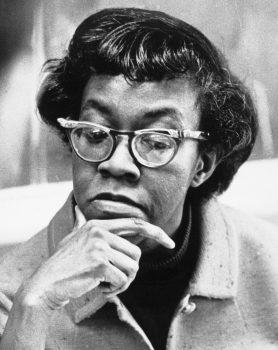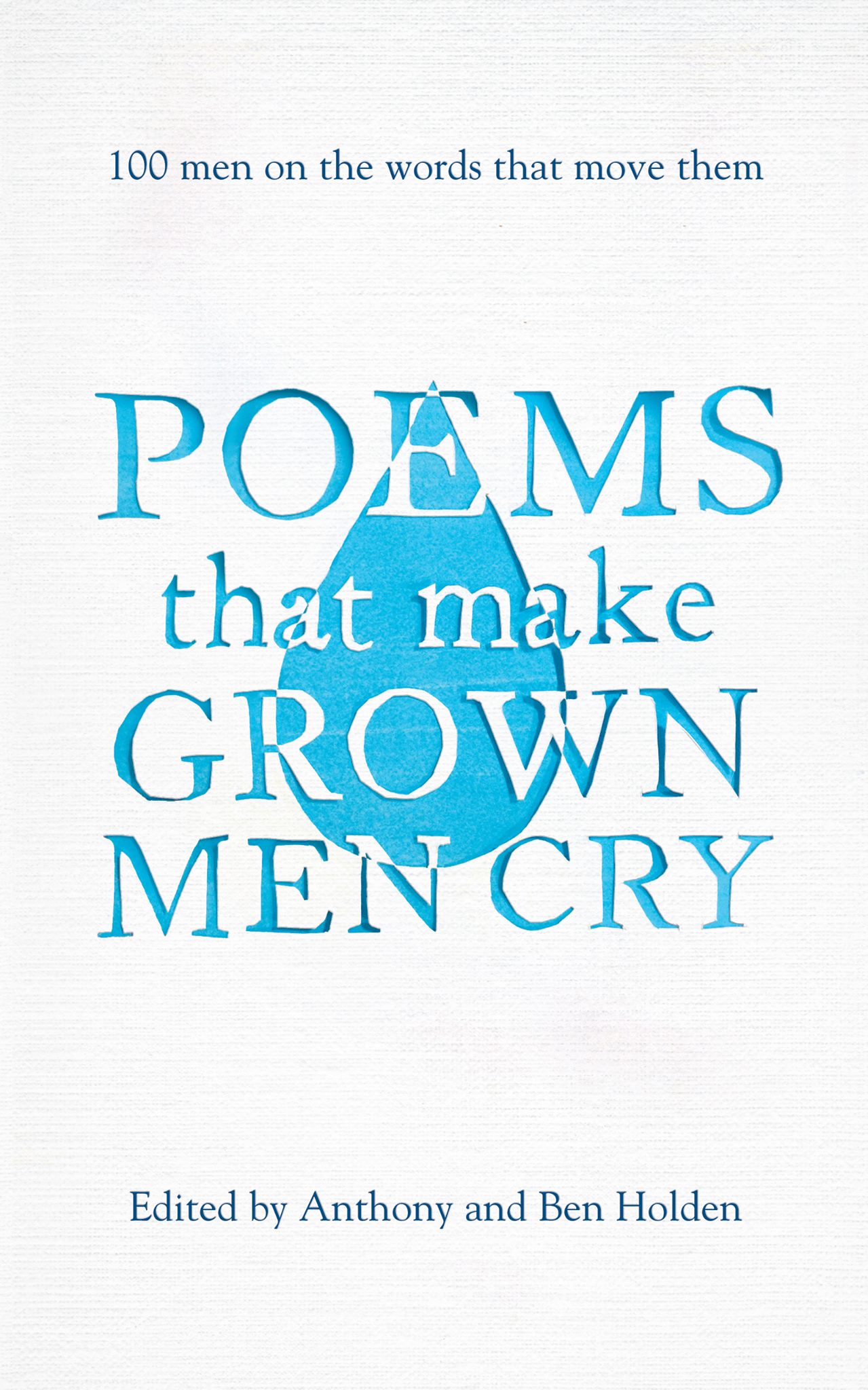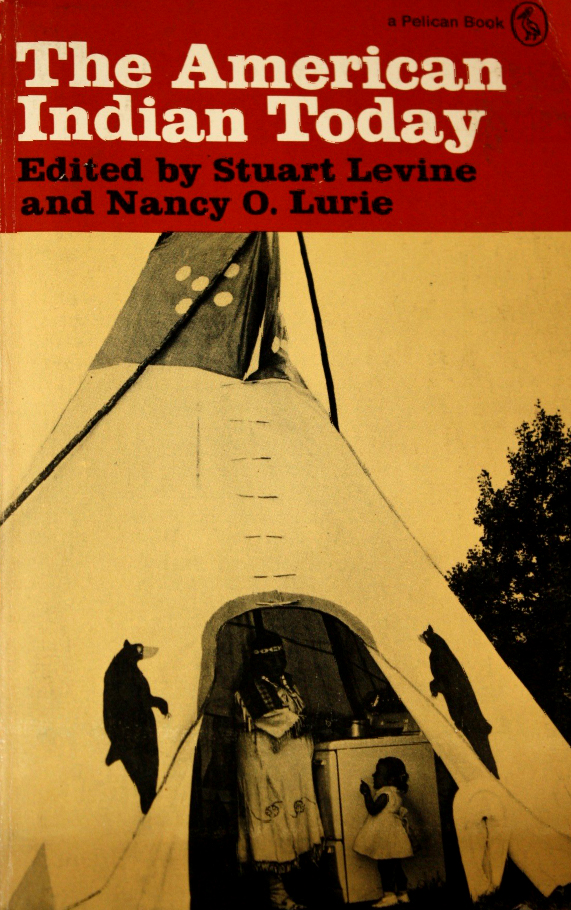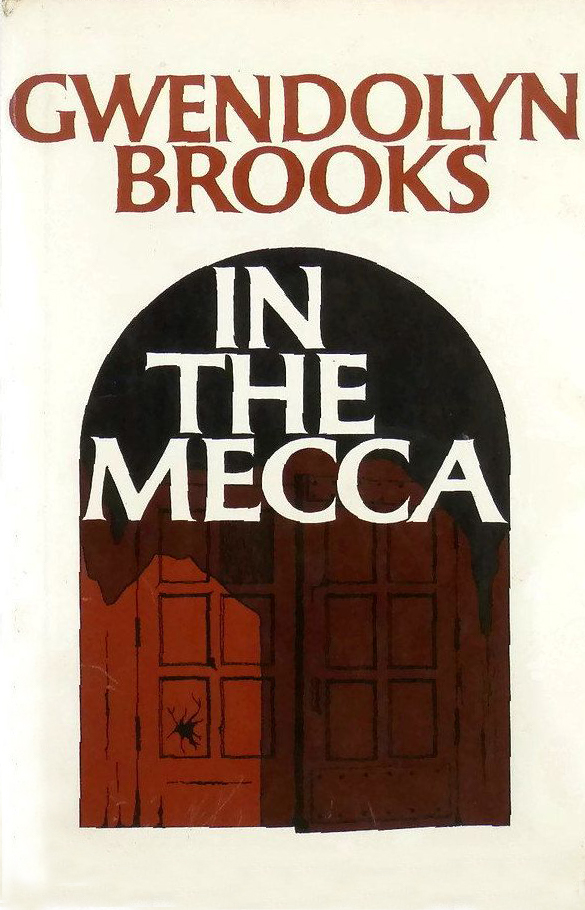Gwendolyn Brooks was born in Topeka, Kansas. As an infant she moved with her parents, David and Keziah Wims Brooks, to the South Side of Chicago, Illinois, where she has resided ever since. Brooks was educated at Chicago public schools and Wilson Junior College. The major early influence on Brooks’s literary career was her mother, who encouraged Brooks to give dramatic recitals when she was just four years old. Largely through her mother’s urging, the teenage Brooks met leading black writers James Weldon Johnson and Langston Hughes, who encouraged her to write poetry. By age 16, Brooks had already published poetry in the Chicago Defender, the leading African American newspaper of that time.
Brooks’s writing further developed as she participated in the vibrant literary scene of the South Side during the late 1930s and early 1940s. The literary scene included important black writers Richard Wright, Margaret Walker, Theodore Ward, Margaret Danner, Arna Bontemps, and Frank Marshall Davis. In the early 1940s Brooks also developed her writing skills at Inez Cunningham Stark’s poetry workshop at the South Side Community Art Center. Brooks’s poems began to appear in leading journals and anthologies of the time, such as Negro Story and Edward Seaver’s Cross Section series. During this period Brooks won many prizes and fellowships, including two Guggenheim Fellowships. Her first collection of poetry, A Street in Bronzeville, appeared in 1945. A second book of poetry, Annie Allen, was published in 1949, earning Brooks the Pulitzer Prize for poetry in 1950. This marked the first time an African American had won the award.
Brooks’s early collections are exciting mixtures of modernist treatments of traditional literary forms. Her early works include the sonnet and ballad—heavily influenced by T. S. Eliot—and popular African American forms after the manner of Langston Hughes. Despite these and other influences, Brooks created a unique poetic voice that grappled with issues of art, identity, race, gender, and the relation between literature and popular culture. She wrote on these issues perhaps more powerfully than any other poet in the immediate post-World War II era. Brooks further investigated these concerns in her novel Maud Martha (1953), a series of loosely connected sketches about a young African American woman from the South Side.
With the upsurge of the Civil Rights Movement in the late 1950s, Brooks’s work became increasingly engaged with events of the African American struggle for freedom. Her 1960 collection of poems, The Bean Eaters, contains poems about lynching, the 1955 murder of 14-year-old Emmett Till in Mississippi, and the integration of schools in Little Rock, Arkansas. While retaining much of her early style, Brooks’s poetry became much more direct during this period. This overt focus on the immediate conditions and events of the African American community became even more pronounced after Brooks attended a black writer’s conference at Fisk University in 1967. At this conference, Brooks encountered leading Black Arts Movement writers, such as Amiri Baraka, who greatly influenced her. After the conference, Brooks became prominently identified with the Black Arts Movement. This affiliation was seen almost immediately in the 1968 collection In the Mecca (“the Mecca” referring to a South Side apartment building). The collection includes poems to Black Nationalist Malcolm X, slain civil rights leader Medgar Evers, and the Blackstone Rangers, a politicized Chicago street gang that became part of the Black Power Movement.
Brooks has retained this political engagement in her work to the present. This can be seen not only in her poetry but also in her decision to use African American-run publishing houses rather than larger commercial publishers. In addition to her poetry and her novel, Brooks has also written two autobiographical works, Report from Part One (1972) and Report from Part Two (1997).
Contributed By: James Smethurst






